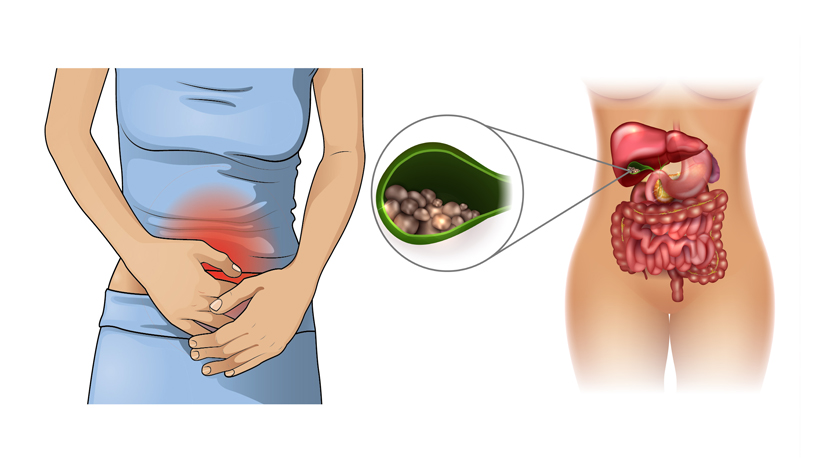Mayo Clinic defines heartburn as discomfort or pain that is caused by digestive acid affecting the tube that transports food and is swallowed into your stomach. Mayo Clinic discussed several features of heartburn such as a burning sensation in the upper abdomen and then transferring over to the chest.
Heartburn can be relieved with an antacid and usually occurs after eating. However, heartburn tends to be mistaken as other medical problems and this can cause many issues if the medical concern isn’t clarified.
Heart attack
Many people tend to mistake a heart attack for heartburn. However, there are symptoms of heartburn that can be in a heart attack along with additional symptoms. Mayo Clinic stated some symptoms would be:
- Pressure, tightness, and pain in the chest and/or arms that may spread to your neck, jaw or back
- Exhaustion, Fatigue
- Nausea or indigestion Shortness of breath
- Dizziness
Gallbladder attack
Premier Surgical, a Tennessee-based surgical group, discusses how gallstone and heartburn can be mistaken. Gallstones and heartburn tend to both be a disease of upper abdominal pain, which is why many people can get confused. Additionally, what usually causes heart burn can lead to a gallbladder attack, such as spices, fatty foods, and lying down after you eat. Usually a gallbladder attack occurs when you have an unhealthy meal. Symptoms tend to be:
- Diarrhea
- Fever
- Chills
Stomach ulcer
According to the online medical resource Everyday Health, many people mistake heartburn with stomach ulcers. However, both conditions are quite different. Heartburn is when the stomach acid reaches the esophagus which causes the unpleasant burning sensation. A stomach ulcer is a graze in the lining of the stomach. The graze is usually exacerbated by the acid in the stomach but not caused by the acid. The symptoms of an ulcer would usually be:
- Burning sensation in your gut
- Pain or a feeling of discomfort a couple of hours after you eat two
- Blood in your stool
- Vomit
Esophagitis
Esophagitis and heartburn overlap because of the location of the condition; both heartburn and esophagitis occur in the esophagus, mentioned by VeryWell Mind, an online resource site written by medical professionals. They also share many of the same symptoms such as nausea, vomiting, chest pain and trouble swallowing. VeryWell Mind say the way to find the difference between these two issues is looking at the origin or the cause. For esophagitis, allergies and immune system responses may be one of the causes of heartburn.
Sources:
https://www.mayoclinic.org/diseases-conditions/heartburn/in-depth/heartburn-gerd/art-20046483
https://www.premiersurgical.com/09/how-do-i-know-if-pain-is-caused-by-my-gallbladder-or-heartburn/
https://www.everydayhealth.com/ulcer/differences-between-ulcers-and-gerd.aspx
https://www.verywellhealth.com/gerd-eosinophilic-esophagitis-difference-1191848
https://www.everydayhealth.com/gerd/symptoms/connection-between-anxiety-acid-reflux/



